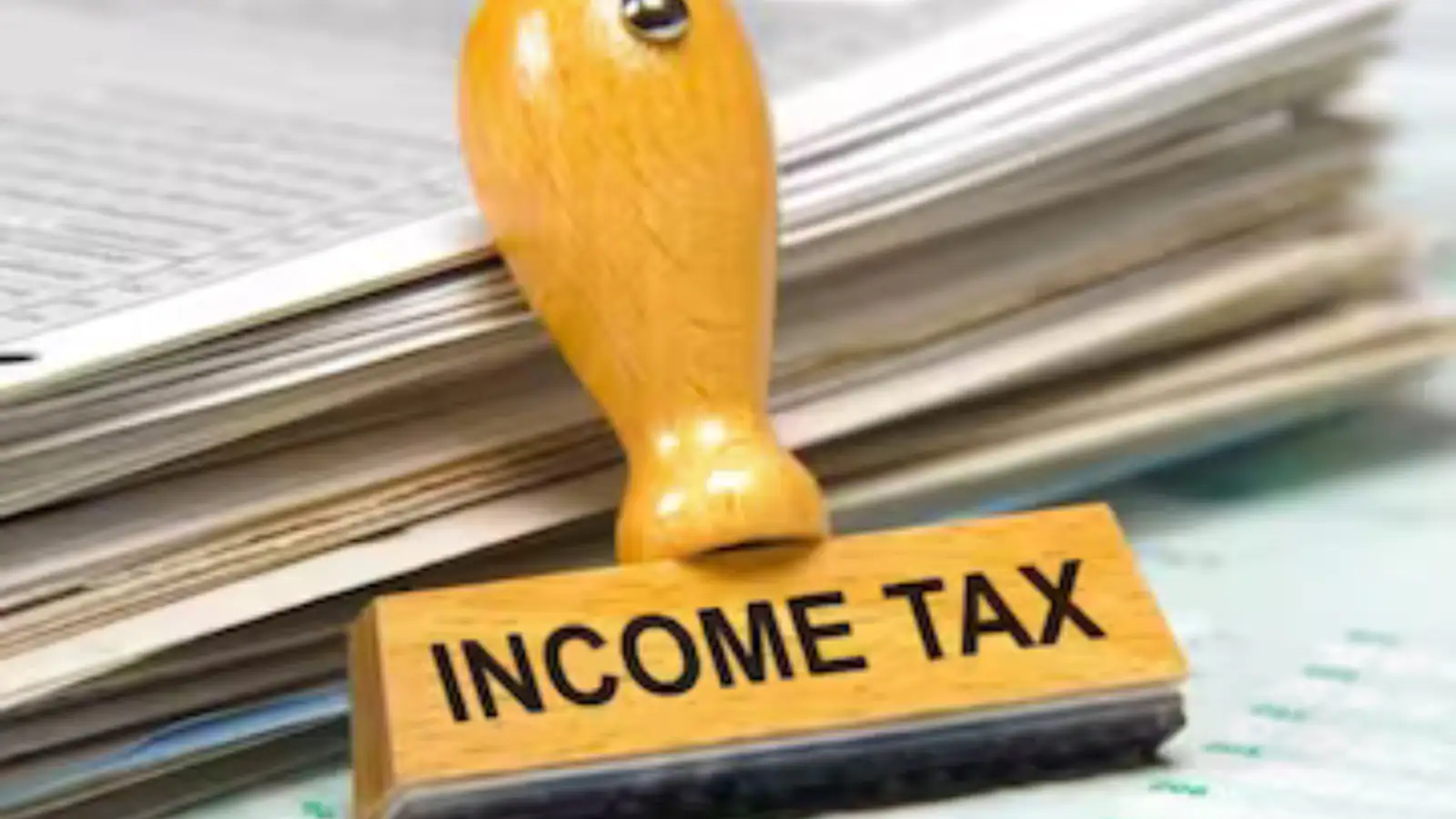By News18
New Income Tax Regime Vs Old Regime For ITR Filing 2025: With the income tax return (ITR) filing season for the assessment year 2025-26 (financial year 2024-25) underway, taxpayers are again facing the question: Should I opt for the old tax regime or the new one? While the new regime is now the default, the government still gives individuals the option to choose what works best for their finances.
Here’s a detailed comparison between new income tax regime vs old regime:
What Is the Old Tax Regime?
The old tax regime is the income tax system that offers a wide range of exemptions and deductions, allowing taxpayers to reduce their taxable income by claiming benefits such as Section 80C (up to ₹1.5 lakh) for investments in PPF, ELSS, LIC, etc; house rent allowance (HRA); leave travel allowance (LTA); interest on home loan (Section 24); health insurance premium (Section 80D); education loan interest (Section 80E); and standard deduction (Rs 50,000 for salaried individuals).
Old Regime Tax Slabs (FY 2024-25):
Income Slab
Up to Rs 2.5 lakh
Rs 2.5 lakh-Rs 5 lakh
Rs 5 lakh-Rs 10 lakh
Above Rs 10 lakh
Note: Rebate under Section 87A is available for taxable income up to Rs 5 lakh (i.e., no tax liability if total income is within Rs 5 lakh).
What Is the New Tax Regime?
Introduced in Budget 2020 and revamped in Union Budget 2023, the new tax regime offers lower tax rates but no major exemptions or deductions (except a few like NPS employer contribution and standard deduction from FY 2023-24).
New Regime Tax Slabs (FY 2024-25)
Income Slab
Up to Rs 3 lakh
Rs 3 lakh-Rs 6 lakh
Rs 6 lakh-Rs 9 lakh
Rs 9 lakh-Rs 12 lakh
Rs 12 lakh-Rs 15 lakh
Above Rs 15 lakh
Note: Standard deduction of Rs 50,000 is allowed for salaried/pensioners from FY 2023-24 onwards, even under the new regime.
Key Differences Between Old and New Regimes:
Old Tax Regime
New Tax Regime
Exemptions & Deductions
Allowed (80C, HRA, etc.)
Mostly Not Allowed
Standard Deduction
Rs 50,000 (from FY 2023–24)
Up to Rs 5 lakh income
Up to Rs 7 lakh income
Default Regime
Yes (from FY 2023–24)
Taxpayers with high deductions
Taxpayers with few/no deductions
Who Should Choose the Old Regime?
“You may benefit from the old regime if you claim large deductions under 80C, 80D, HRA, or home loan interest; you have invested in tax-saving instruments like PPF, ELSS, NSC, etc; your employer provides components like HRA, LTA, or reimbursements that reduce taxable salary; or you’re a senior citizen availing multiple deductions,” said Aman Sharma, a Delhi-based chartered accountant.
Giving an example, he said, “If your gross income is Rs 10 lakh and you claim deductions of Rs 2.5-3 lakh, your taxable income goes down to Rs 7 lakh, making the old regime more attractive.”
Who Should Choose the New Regime?
He added that the new regime is ideal for salaried individuals who don’t claim many deductions; freelancers, gig workers, or those with simplified income; young earners who have just started working and haven’t made tax-saving investments yet; and individuals who prefer lower tax rates without documentation hassles.
Sharma cited an example and said, “A salaried person earning Rs 9 lakh with no major deductions may pay less tax under the new regime due to lower slab rates and the Rs 50,000 standard deduction.”
Section 87A Rebate: What Is Applicable For AY 2025-26?
Rebate Limit
Income Threshold
Up to Rs 5 lakh
Up to Rs 7 lakh
Under the new regime, no tax is payable for income up to Rs 7 lakh after the rebate, making it attractive for lower and middle-income earners.
Default Regime Status from FY 2023-24
From FY 2023-24, the new tax regime is the default.
The CA said if you want to stay in the old regime, you must actively opt for it while filing your ITR. Salaried individuals can inform their employer about their choice at the beginning of the financial year.
Switching Regimes: What You Should Know
Salaried taxpayers can choose their regime every year while filing ITR. You can tell your employer your preferred regime for TDS purposes, but it’s not final as you can change it when filing ITR.
It is important to know that business or professional taxpayers can switch only once without restrictions.
Which Regime is Better in 2025?
Sharma said there’s no one-size-fits-all answer. The right regime for you depends on how much you earn, how much you invest or spend on eligible deductions, and your preference for simplicity vs savings.
As a thumb rule, choose the new regime if you have fewer deductions and want simplicity, he added.
“Stick to the old regime if you can claim significant tax deductions, especially if your income is above Rs 10 lakh,” he said.
Taxpayers are advised to use the income tax department’s calculator or consult a tax advisor to make an informed choice before filing your ITR for AY 2025-26.
ITR Filing Last Date 2025
The last date to file the income tax return for AY 2025-26 (FY 2024-25) is September 15, 2025.
However, for the ITRs that require audit, the deadline is October 31, 2025.
